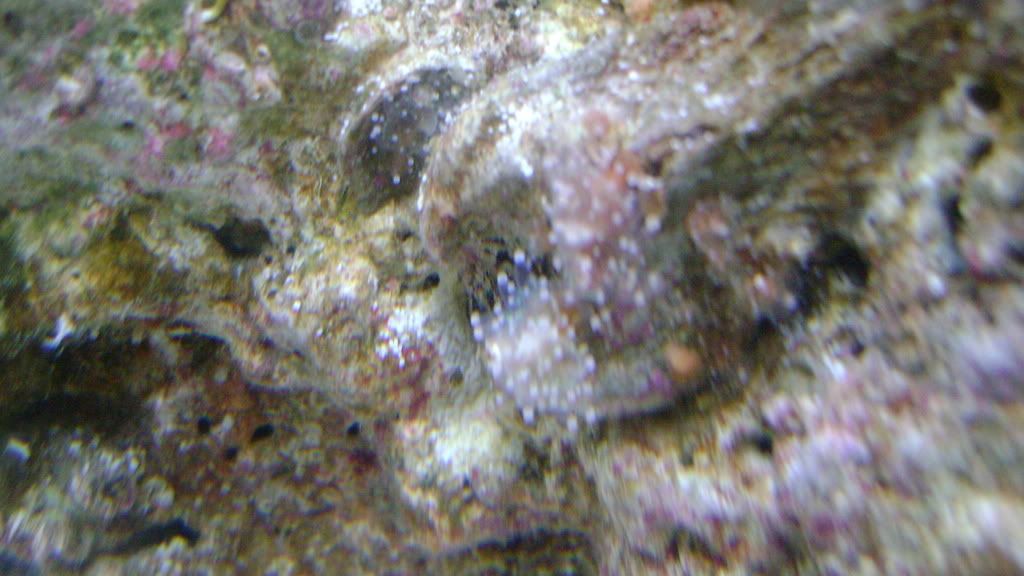id please
- Thread starter fatty0981
- Start date
mx#28
Active Member
Originally Posted by fatty0981
http:///forum/post/2623514
nope
In that case, I say it's Pseudocorynactis sp.
http:///forum/post/2623514
nope
In that case, I say it's Pseudocorynactis sp.
paintballer768
Active Member
I think its one of those cup corals, not too sure, but I saw someone with those that hitchhiked and it was a cup something. Nonphotosynthetic I believe
mx#28
Active Member
Originally Posted by paintballer768
http:///forum/post/2623552
I think its one of those cup corals, not too sure, but I saw someone with those that hitchhiked and it was a cup something. Nonphotosynthetic I believe
You're thinking of the Hidden Cup Coral - Phyllangia americana. They have a skeleton - that's why I asked.
http:///forum/post/2623552
I think its one of those cup corals, not too sure, but I saw someone with those that hitchhiked and it was a cup something. Nonphotosynthetic I believe
You're thinking of the Hidden Cup Coral - Phyllangia americana. They have a skeleton - that's why I asked.
paintballer768
Active Member
Originally Posted by MX#28
http:///forum/post/2623574
You're thinking of the Hidden Cup Coral - Phyllangia americana. They have a skeleton - that's why I asked.
Gotcha. Wasnt too sure.
http:///forum/post/2623574
You're thinking of the Hidden Cup Coral - Phyllangia americana. They have a skeleton - that's why I asked.
Gotcha. Wasnt too sure.
spanko
Active Member
Originally Posted by morval
http:///forum/post/2623888
+1 psuedocorynactis or corynactis i got a bunch too
+2 the little balls on the ends of the tentacles are a good indication here.
http:///forum/post/2623888
+1 psuedocorynactis or corynactis i got a bunch too
+2 the little balls on the ends of the tentacles are a good indication here.
spanko
Active Member
Quote:
Pseudocorynactis spp. are like Corynactis but are much larger (to about six inches (15 cm) diameter, and usually not colonial. They also reproduce by fission, but it is unusual to find more than about six clones together as a group. The so-called orange ball anemones that can be observed on coral reefs at night are Pseudocorynactis spp. The column varies in color from cryptic shades of brown to orange, red and magenta. The tips of the tentacles are commonly bright orange, but they can also be white. These tentacle tips are extremely sticky, like flypaper, due to the presence of powerful nematocysts. This fact makes the larger species from the Indo Pacific region unsuitable for aquariums housing fishes, which they readily capture. They also can catch mobile invertebrates such as shrimps and snails, and sometimes "attack" sessile invertebrates growing on adjacent rocks, enveloping them in the gastric cavity through a widely opened mouth. Pseudocorynactis spp. can be fed daily, but only require twice weekly feeding to keep them healthy. If they are not fed frequently enough, they shrink. There is a marked behavioral difference between the common Caribbean and Indo-Pacific species.
The Caribbean species, Pseudocorynactis caribbaeorum mainly opens its tentacles at night, and closes rapidly when it senses light. The Indo-Pacific species remains open both day and night, and is not sensitive to light. The presence of food smells (dissolved amino acids) in the water stimulates either species to open up and extend the tentacles, and the caribbean species can be trained to open in the light by feeding it during daylight hours. The mechanism for its apparent memory is not known.
Whether you have a large reef aquarium or a simple small aquarium, any of the corallimorphs can be easily maintained and enjoyed for decades.
Pseudocorynactis spp. are like Corynactis but are much larger (to about six inches (15 cm) diameter, and usually not colonial. They also reproduce by fission, but it is unusual to find more than about six clones together as a group. The so-called orange ball anemones that can be observed on coral reefs at night are Pseudocorynactis spp. The column varies in color from cryptic shades of brown to orange, red and magenta. The tips of the tentacles are commonly bright orange, but they can also be white. These tentacle tips are extremely sticky, like flypaper, due to the presence of powerful nematocysts. This fact makes the larger species from the Indo Pacific region unsuitable for aquariums housing fishes, which they readily capture. They also can catch mobile invertebrates such as shrimps and snails, and sometimes "attack" sessile invertebrates growing on adjacent rocks, enveloping them in the gastric cavity through a widely opened mouth. Pseudocorynactis spp. can be fed daily, but only require twice weekly feeding to keep them healthy. If they are not fed frequently enough, they shrink. There is a marked behavioral difference between the common Caribbean and Indo-Pacific species.
The Caribbean species, Pseudocorynactis caribbaeorum mainly opens its tentacles at night, and closes rapidly when it senses light. The Indo-Pacific species remains open both day and night, and is not sensitive to light. The presence of food smells (dissolved amino acids) in the water stimulates either species to open up and extend the tentacles, and the caribbean species can be trained to open in the light by feeding it during daylight hours. The mechanism for its apparent memory is not known.
Whether you have a large reef aquarium or a simple small aquarium, any of the corallimorphs can be easily maintained and enjoyed for decades.


